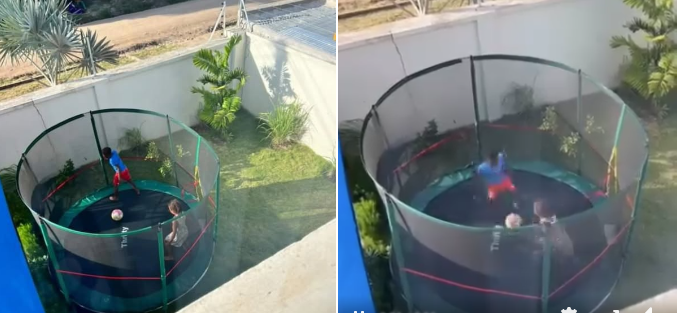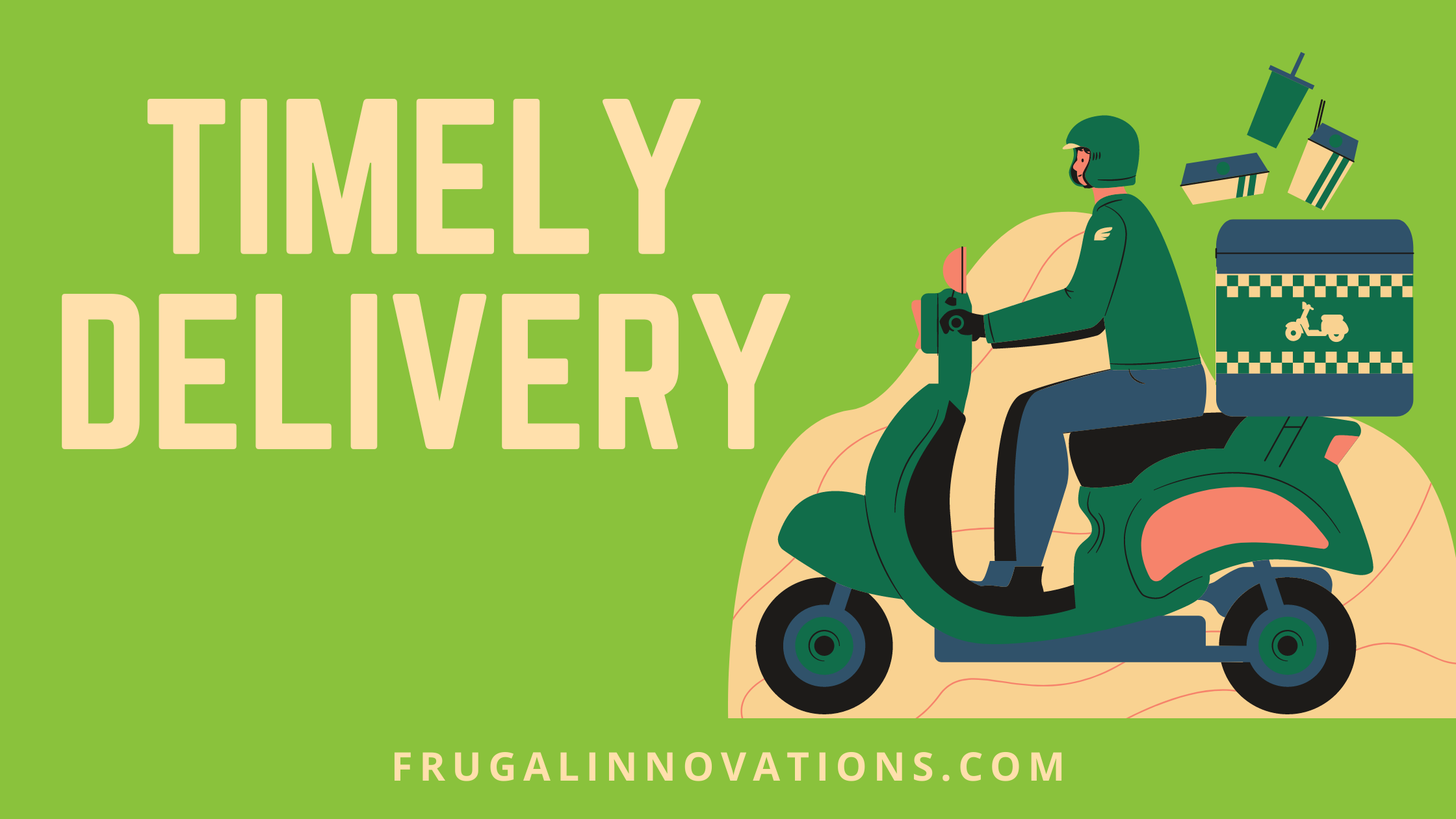Trampoline vs Sensory Play Mats: What’s Better for Children with Autism?

Autism, Sensory Needs, and Play in Kenya
In Kenya, especially within Nairobi’s growing autism support community, the conversation around sensory-friendly play equipment is expanding. For parents and therapists supporting children on the autism spectrum, two tools stand out—trampolines and sensory play mats.
But when choosing between the two, which offers more value, engagement, and therapeutic benefit?
 Contact:
Contact:
Phone/WhatsApp: 0722 724 893
Visit: Golden Moon Star Building, Kilimani
Website: thriftyent.com | frugalinnovations.co.ke
In this article, we explore the pros and cons of trampolines vs sensory play mats for children with autism, with a special focus on the Nairobi environment.
Understanding Sensory Needs in Autism
Children with autism often experience sensory processing challenges—they may be hypersensitive or under-responsive to stimuli like sound, touch, and motion.
This makes sensory play essential, helping them regulate their bodies, improve focus, and manage anxiety. Both trampolines and play mats offer that sensory input—but in different ways.
Benefits of Trampolines for Children with Autism
Trampolines, especially mini rebounders or enclosed outdoor models, are increasingly used in occupational therapy programs in Kenya. Here’s why:
Deep Pressure and Proprioceptive Input
The repetitive bouncing provides predictable sensory feedback that can calm overstimulated children or stimulate under-responsive ones.
Improves Body Awareness
Bouncing enhances proprioception (knowing where your body is in space), which is often underdeveloped in children on the spectrum.
Encourages Focus
Just 10–15 minutes of bouncing can help children reset and focus, making it a great transition activity before schoolwork or therapy.
Great for Outdoor or Indoor Use
Mini trampolines with handle bars are now common in Nairobi homes and therapy centers, especially in areas like Kilimani, Ngong Road, and Syokimau.
Physical Benefits
It improves balance, coordination, and muscle tone—especially helpful for autistic children with low muscle tone or delayed motor development.
Benefits of Sensory Play Mats for Children with Autism
Sensory mats are soft, colorful tiles with different textures, shapes, or embedded activities. They’re widely used in autism therapy across Kenya’s special needs schools and homes.
Safe and Grounded Play
Mats provide a low-risk environment for crawling, rolling, or stretching, ideal for younger children or those with limited mobility.
Tactile Stimulation
Many sensory mats have varied surfaces (spiky, smooth, bumpy), offering rich tactile experiences for sensory-seeking kids.
Versatile Indoor Use
They can be laid out on bedroom floors, therapy rooms, or classrooms without taking up vertical space.
Promotes Exploration
Children can engage in pattern recognition, foot mapping, and sensory discovery at their own pace.
Comparison: Trampoline vs Sensory Play Mats
| Feature | Trampoline | Sensory Play Mats |
|---|---|---|
| Sensory Feedback | Dynamic (motion-based) | Tactile (touch-based) |
| Best For | Movement regulation & focus | Calm, structured exploration |
| Space Requirement | Moderate (3–10 ft) | Low (floor only) |
| Age Range | 3 years and up | 1 year and up |
| Cost (Nairobi) | Ksh 9,000–40,000+ | Ksh 2,500–15,000 |
| Maintenance | Regular checks for wear | Easy to clean, durable |
| Engagement Duration | Short bursts of activity | Longer passive interaction |
What Nairobi Parents and Therapists Are Choosing
Across Nairobi—from Ruiru to Karen, Thika Road to South C—families are increasingly combining both tools for maximum benefit.
Many homes use trampolines outdoors or in balconies for morning energy release.
Sensory mats are often laid in therapy corners or reading nooks for grounding breaks.
Nairobi therapy centers (like those in Kileleshwa, Westlands, and Kilimani) use trampolines as part of structured sensory integration plans.
Where to Buy in Nairobi
Looking to purchase autism-friendly trampolines or sensory mats in Kenya?
Thrifty Enterprises – Kilimani
Mini trampolines with support handles
Full-size enclosed trampolines
Trampoline repair and setup
📞 0722 724 893 | 🌐 thriftyent.com
Frugal Innovations Kenya – Nairobi-wide Delivery
Budget-friendly sensory trampolines
Custom trampoline padding for safety
📞 0722 724 893 | 🌐 frugalinnovations.co.ke
Why Not Both?
When comparing trampolines vs sensory play mats for autism in Kenya, it’s clear that both have unique strengths.
Use trampolines when your child needs to move, release energy, or prepare to focus.
Use sensory mats for calm, exploratory play, especially indoors.
If space or budget allows, combining both offers a well-rounded sensory toolkit that supports regulation, learning, and fun.
- How to Safely Repair a Sun-Faded or UV-Damaged Trampoline Mat in Kenya
- Are Trampolines the Next Big Fitness Asset for Kenyan Women?
- How Nairobi’s Dust and Wind Patterns Affect Trampoline Lifespan — Best Trampoline Repairs in Kenya
- How to Start a Trampoline Hire Business in Nairobi — Costs, Earnings, Risks, Competition
- Frugal Innovations Kenya – The Most Reliable Trampoline Accessories Centre

 Contact:
Contact:
